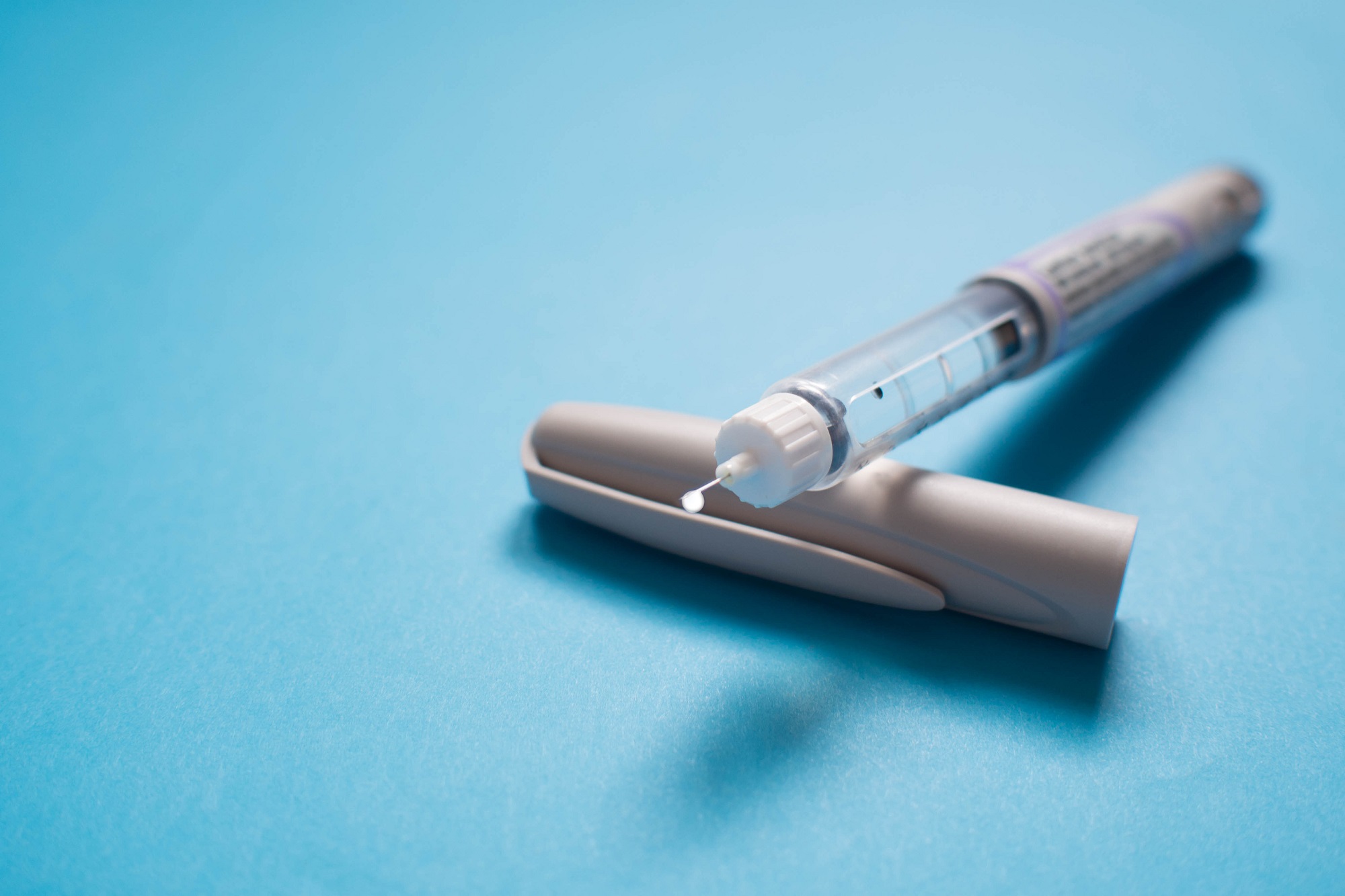During the height of the coronavirus disease (COVID-19) pandemic between 2019 and 2020, there was a substantial decrease in the mean number of weekly insulin prescription fills, possibly due to reduced clinic visits and loss of insurance benefits, according to study findings published in JAMA Network Open.
The cross-sectional study included an analysis of pharmacy claims obtained from a 10% random sample of patients with diabetes and ≥1 insulin claim who were enrolled in the longitudinal US IQVIA Longitudinal Prescription Claims (LRx) database. Researchers quantified the number of new and refill weekly insulin prescriptions between January 2019 and October 2020 but excluded the weeks surrounding the onset of the pandemic (March 16, 2020) as well as weeks with national holidays.
An interrupted time series design with segmented regression analysis was used to assess the pandemic’s impact on the number of new and existing insulin prescription fills during the study period.
Continue Reading
Overall, 285,343 adults and children (mean age, 56.6 years) were included in the analysis. During the first week of 2019, the estimated baseline mean count of all existing insulin prescriptions was 17,037.5 (95% CI, 16,728.7-17,346.3). Additionally, the researchers observed a significant increase in the estimated number of insulin prescriptions filled every week prior to the pandemic (pandemic trend, 11.0; 95% CI, 2.8-19.3).
The mean number of insulin prescriptions decreased during the first week of the pandemic by −395.6 (95% CI, −933.5-142.4) per week. This was followed by a significant decrease of −55.3 (95% CI, −78.6 to −32.0) insulin prescription fills per week during the pandemic compared with before the pandemic.
The researchers also found an association between the pandemic and a significant reduction in the estimated mean number of weekly insulin prescriptions in adults (−54.2; 95% CI, −76.5 to −31.8) but not in children (−1.2; 95% CI, −3.4-1.1) and new prescription subgroups (-14.0; 95% CI, −30.2-2.3).
Limitations of the study included its retrospective design, its descriptive nature, and “a lack of data to adjust for an association of mortality with the reduced number of insulin fills,” the researchers wrote.
Despite these limitations, the investigators concluded that “these findings contribute to a better understanding of the association of the pandemic with insulin treatment for diabetes” and suggest that “future studies should examine whether the pandemic was associated with adverse health outcomes associated with suboptimal insulin treatment.”
Disclosure: At least one study author declared affiliations with industry. Please see the original reference for a full list of authors’ disclosures.
Reference
Yunusa I, Love BL, Cai C, et al. Trends in insulin prescribing for patients with diabetes during the COVID-19 pandemic in the US. JAMA Netw Open. 2021;4(11):e2132607. doi:10.1001/jamanetworko pen.2021.32607
This article originally appeared on Endocrinology Advisor
this content first appear on medical bag

